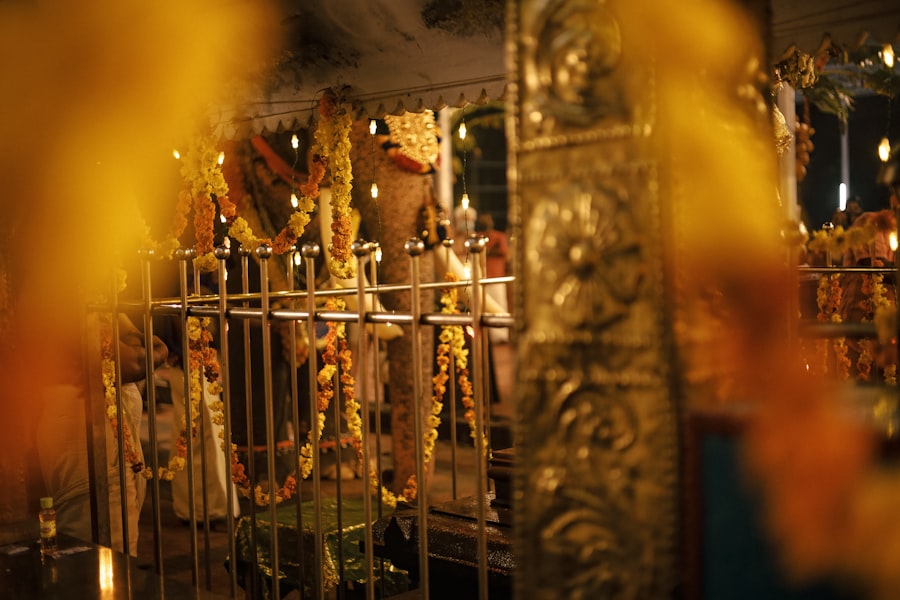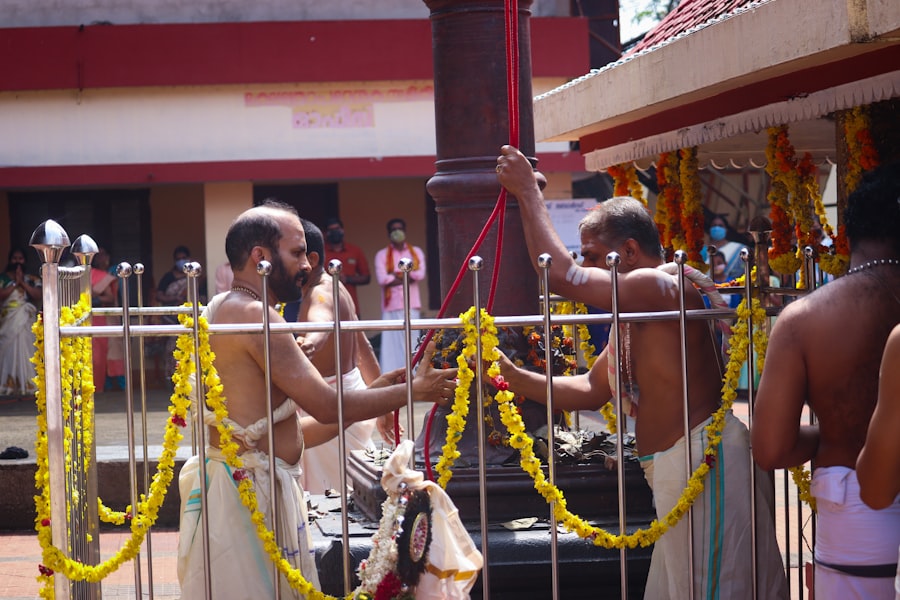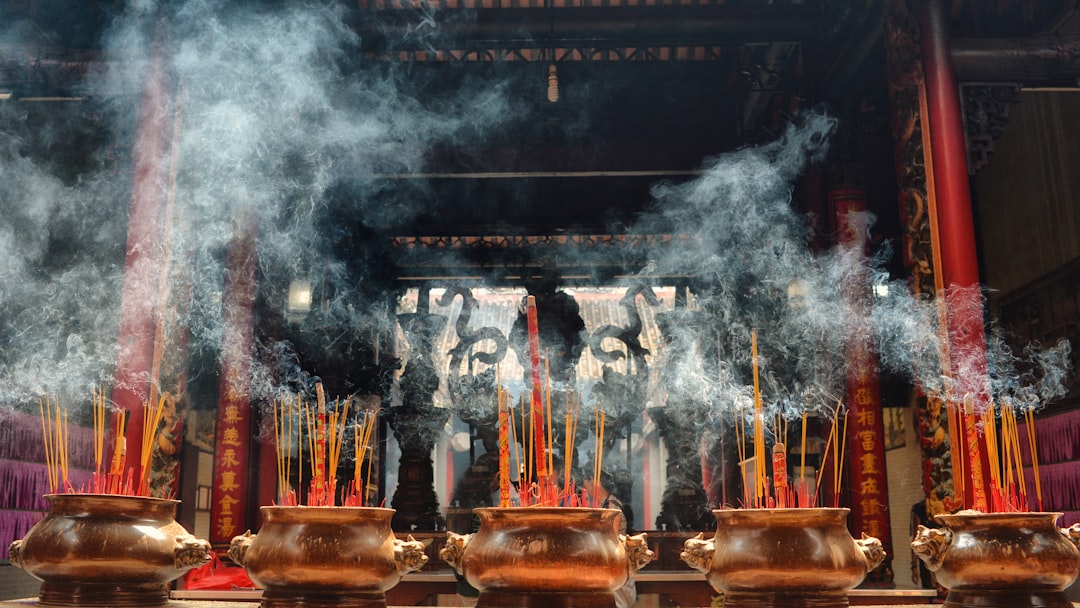The Drake Passage, a body of water that separates South America from Antarctica, has long been a site of both peril and fascination for seafarers. The ceremony associated with crossing this tumultuous stretch of ocean has its roots in the early explorations of the 16th century. As explorers like Sir Francis Drake navigated these treacherous waters, they began to recognize the significance of this passage not only as a geographical landmark but also as a rite of passage for sailors.
Over time, the crossing evolved into a ceremonial event, marking the transition from the known to the unknown, from the temperate climates of South America to the icy realms of Antarctica. As maritime travel became more common in the 19th and 20th centuries, the ceremony gained popularity among commercial and expedition vessels alike. It became a way to honor the challenges faced by those who dared to traverse these waters.
The ceremony often included rituals that acknowledged the dangers of the sea, such as offering thanks to the ocean for safe passage and paying homage to those who had perished in its depths. This blend of reverence and celebration has transformed the crossing into a cherished tradition for many modern-day adventurers.
Key Takeaways
- The Drake Passage Ceremony has a long history dating back to the early explorers and has become a tradition for ships crossing the treacherous waters.
- The significance of the Drake Passage lies in its reputation as one of the most challenging and unpredictable sea routes in the world, making the crossing a rite of passage for sailors and a test of courage for passengers.
- The tradition of crossing the Drake Passage includes a ceremony to appease the spirits of the sea and ensure safe passage, often involving rituals and offerings to the ocean.
- The elements of the Drake Passage Ceremony typically include readings, music, and the tossing of a wreath or flowers into the sea, symbolizing respect for the power of the ocean.
- The role of the captain in the ceremony is crucial, as they lead the proceedings and convey a sense of authority and reassurance to passengers.
The Significance of the Drake Passage
The Drake Passage is not merely a geographical feature; it is a vital conduit for ocean currents and marine life. Its significance extends beyond navigation; it plays a crucial role in regulating global climate patterns. The passage connects the Atlantic and Pacific Oceans, allowing for the mixing of waters that influences weather systems across the globe.
This unique ecological environment supports a diverse array of wildlife, including whales, seals, and seabirds, making it a focal point for marine biology and conservation efforts. Moreover, the Drake Passage serves as a symbolic threshold between two worlds: the temperate regions of South America and the frigid expanse of Antarctica.
The significance of this crossing is deeply felt by those who embark on voyages through these waters, as it embodies both the spirit of exploration and the respect for nature’s formidable power.
The Tradition of Crossing the Drake Passage

The tradition of crossing the Drake Passage has become an integral part of maritime culture, particularly among those who venture to Antarctica. This crossing is often characterized by unpredictable weather and rough seas, which adds an element of excitement and trepidation to the journey. Sailors and passengers alike have come to embrace this challenge as part of their adventure, viewing it as a rite of passage that signifies their commitment to exploration.
As part of this tradition, many vessels have adopted specific rituals to commemorate the crossing. These may include storytelling sessions where crew members share tales of past crossings, recounting both harrowing experiences and moments of awe-inspiring beauty. Such narratives serve to bond passengers and crew, creating a shared sense of camaraderie as they navigate these storied waters together.
The tradition has thus evolved into a communal experience that fosters connections among those who dare to cross.
The Elements of the Drake Passage Ceremony
| Element | Metric |
|---|---|
| Wind | Speed (km/h) |
| Temperature | Degree (Celsius) |
| Salinity | Parts per thousand (ppt) |
| Current | Speed (km/h) |
| Iceberg sightings | Number |
The ceremony associated with crossing the Drake Passage typically includes several key elements that enhance its significance. One common feature is the ceremonial toast, where passengers raise their glasses in celebration of their successful crossing. This act serves as both a moment of reflection and a way to honor the challenges faced during the journey.
It is often accompanied by speeches from the captain or crew members, who share insights about the history and importance of the passage. Another integral element is the symbolic “Drake Shake,” a term used to describe the rough seas that are often encountered during the crossing. Many crews incorporate this phenomenon into their ceremonies by encouraging passengers to embrace the experience rather than fear it.
This approach transforms what could be a daunting ordeal into an exhilarating adventure, reinforcing the idea that overcoming challenges is part of what makes exploration worthwhile. The combination of these elements creates a rich tapestry of tradition that resonates with all who participate.
The Role of the Captain in the Ceremony
The captain plays a pivotal role in the Drake Passage ceremony, serving as both leader and storyteller. Their experience navigating these waters lends credibility to the ceremony, as they share personal anecdotes and historical context that enrich the experience for passengers. The captain’s presence is often seen as a reassuring force, guiding travelers through both literal and metaphorical storms.
In addition to leading the ceremony, captains often take on a ceremonial role by performing specific rituals that honor the sea. This may include casting flowers or other offerings into the water as a tribute to those who have lost their lives at sea. Such gestures underscore the respect that seafarers have for nature’s power and unpredictability.
By embodying this reverence, captains help instill a sense of responsibility in passengers, reminding them that they are part of a larger narrative that spans centuries.
The Cultural Importance of the Ceremony

The cultural importance of the Drake Passage ceremony extends beyond individual voyages; it reflects broader themes of exploration, adventure, and respect for nature. For many cultures, crossing significant bodies of water has historically been seen as a rite of passage, symbolizing growth and transformation. The Drake Passage ceremony embodies this sentiment, allowing participants to connect with centuries of maritime tradition while forging their own paths.
Furthermore, this ceremony serves as a reminder of humanity’s relationship with the natural world. In an age where environmental concerns are increasingly pressing, acknowledging the power and beauty of places like the Drake Passage fosters a sense of stewardship among travelers. By participating in this ceremony, individuals are encouraged to reflect on their impact on the environment and consider how they can contribute to its preservation.
The Experience for Passengers
For passengers embarking on a journey across the Drake Passage, the experience is often one filled with anticipation and excitement. As they prepare for their crossing, they are acutely aware of both the challenges and rewards that lie ahead.
During the ceremony itself, passengers are invited to engage fully with their surroundings and each other. The shared experience fosters connections among individuals from diverse backgrounds, united by their desire for adventure. Laughter and camaraderie fill the air as stories are exchanged and memories are created.
For many, this moment becomes one of self-discovery—a chance to confront fears and embrace new experiences in an awe-inspiring setting.
The Spiritual and Symbolic Meaning of the Ceremony
The spiritual and symbolic dimensions of the Drake Passage ceremony resonate deeply with participants. Crossing this formidable body of water can evoke feelings of vulnerability and humility in the face of nature’s grandeur. For some travelers, it becomes a moment for introspection—a chance to reflect on their place in the world and their connection to something greater than themselves.
The act of honoring those who have crossed before them adds another layer of meaning to the ceremony. By acknowledging past explorers and mariners who faced similar challenges, participants forge a link with history that transcends time. This connection fosters a sense of belonging within a larger narrative—one that celebrates human resilience and curiosity in exploring uncharted territories.
The Evolution of the Ceremony Over Time
As maritime technology has advanced and travel has become more accessible, the Drake Passage ceremony has evolved while retaining its core elements. Modern vessels equipped with advanced navigation systems have made crossings safer than ever before; however, this has not diminished the significance of honoring those who came before. Instead, contemporary ceremonies often blend traditional practices with modern sensibilities, creating an experience that resonates with today’s travelers.
Additionally, as awareness around environmental issues grows, many ceremonies now incorporate themes related to conservation and sustainability. Passengers are encouraged to consider their impact on fragile ecosystems while traversing these waters. This evolution reflects broader societal shifts toward greater environmental consciousness while preserving the rich traditions associated with crossing one of nature’s most formidable passages.
The Impact of Climate Change on the Drake Passage
Climate change poses significant challenges for ecosystems worldwide, including those surrounding the Drake Passage. Rising ocean temperatures and melting ice caps threaten marine life and alter weather patterns in ways that could impact future crossings. As these changes unfold, they may also affect how ceremonies are conducted—potentially leading to new rituals that reflect contemporary realities.
Moreover, increased awareness about climate change has prompted many travelers to approach their journeys with greater mindfulness. Participants in ceremonies may find themselves contemplating not only their personal experiences but also their responsibility toward preserving these unique environments for future generations. This shift in perspective underscores how interconnected humanity is with nature—an understanding that is increasingly vital in today’s world.
The Future of the Drake Passage Ceremony
Looking ahead, the future of the Drake Passage ceremony remains bright yet uncertain amid ongoing environmental changes. As more people seek adventure in remote locations like Antarctica, there will likely be an increased emphasis on sustainable practices within maritime tourism. This could lead to further evolution in how ceremonies are conducted—incorporating elements that promote conservation while honoring tradition.
Ultimately, as long as there are adventurers willing to brave these waters, there will be ceremonies celebrating their crossings. These rituals will continue to serve as powerful reminders of humanity’s enduring spirit—our desire to explore uncharted territories while respecting nature’s majesty. In this way, the Drake Passage ceremony will remain not just an event but a testament to our collective journey through time and space—a celebration of exploration that transcends generations.
The Drake Passage Ceremony is a time-honored tradition for sailors and adventurers who brave the challenging waters between the southern tip of South America and Antarctica. This rite of passage is celebrated by those who have successfully navigated the treacherous currents and unpredictable weather of the Drake Passage. For more insights into the significance of this maritime milestone and other adventurous journeys, you can explore a related article on the topic by visiting MyGeoQuest. This resource offers a deeper understanding of the challenges and triumphs associated with such daring expeditions.
WATCH NOW! Drake Passage: Earth’s Deadliest Waters Revealed
FAQs
What is the Drake Passage Ceremony?
The Drake Passage Ceremony is a maritime tradition that takes place when a ship crosses the Drake Passage, the body of water between South America’s Cape Horn and the South Shetland Islands of Antarctica.
What happens during the Drake Passage Ceremony?
During the Drake Passage Ceremony, passengers and crew gather on deck to commemorate the crossing of the treacherous waters of the Drake Passage. The ceremony often involves a toast to the sailors who have crossed the passage before and a celebration of the upcoming arrival in Antarctica.
Why is the Drake Passage considered treacherous?
The Drake Passage is known for its rough seas and unpredictable weather, making it one of the most challenging maritime routes in the world. The convergence of the Atlantic, Pacific, and Southern oceans creates strong winds and large waves, leading to a reputation for rough sailing conditions.
Is the Drake Passage Ceremony a common tradition on Antarctic expeditions?
Yes, the Drake Passage Ceremony is a common tradition on ships that travel to Antarctica. It serves as a way to mark the crossing of the challenging waters and to build camaraderie among passengers and crew.
Is the Drake Passage Ceremony a formal event?
The Drake Passage Ceremony can vary in formality depending on the expedition and the ship. Some may have a more structured ceremony with speeches and toasts, while others may have a more casual gathering on deck.
